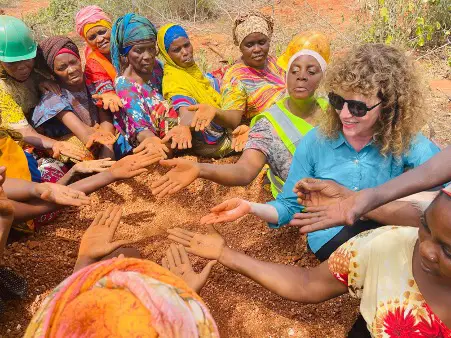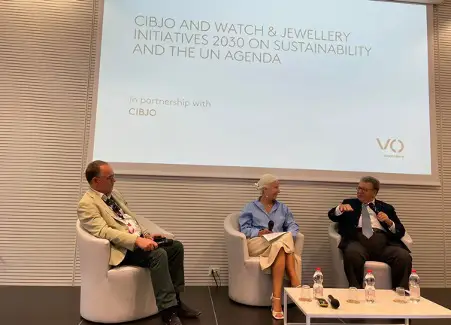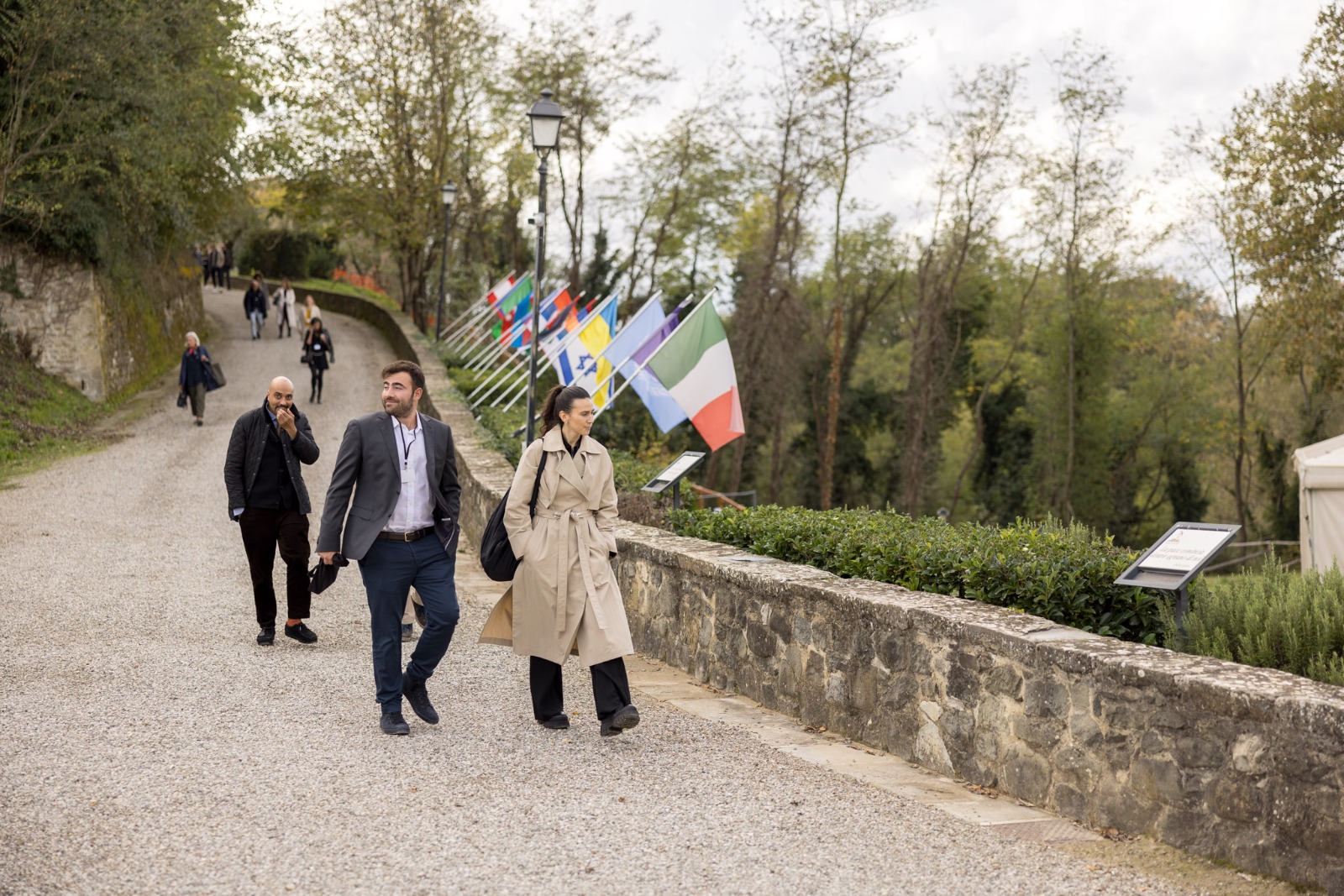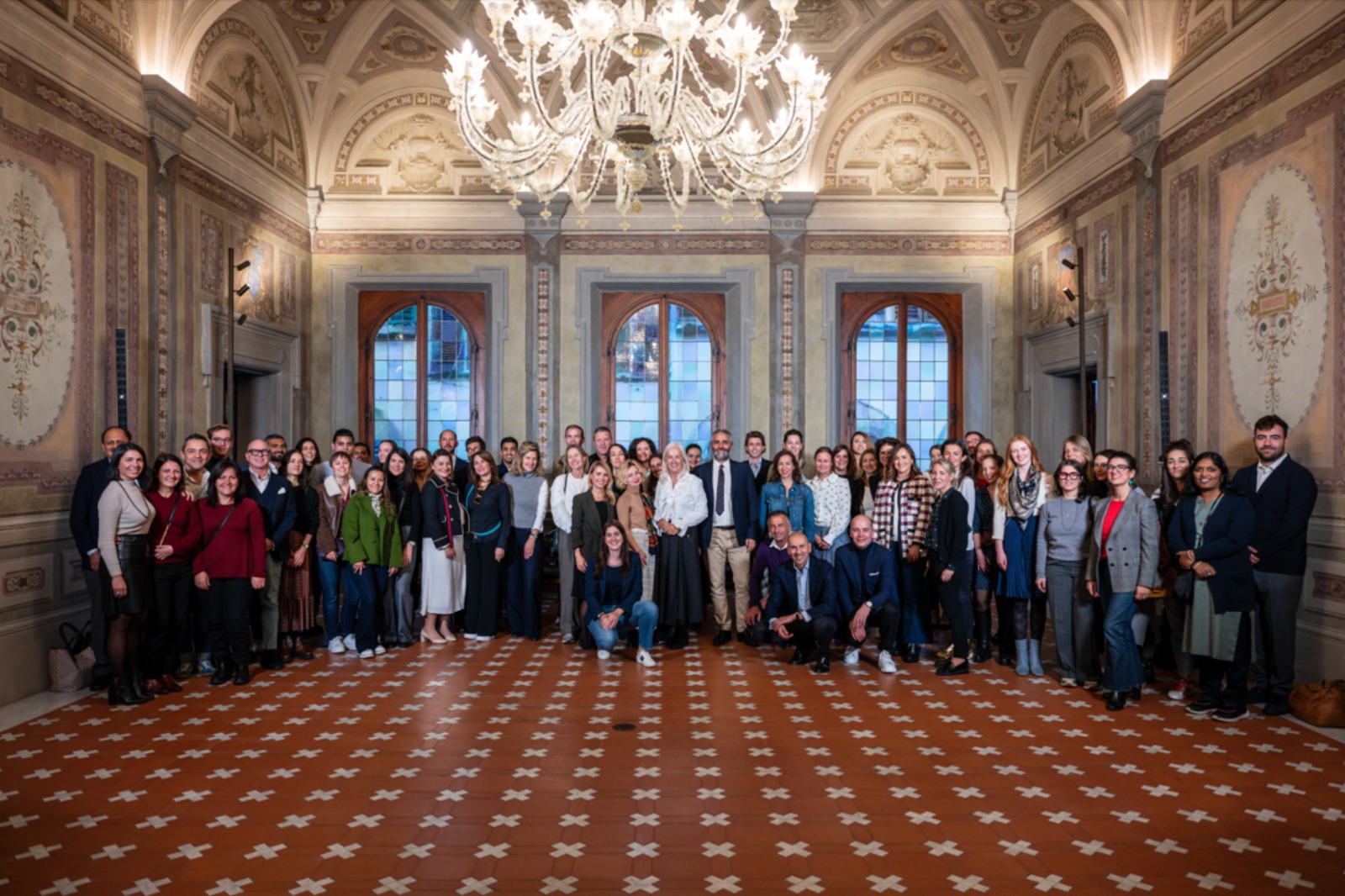In the decade of action, jewelry sector leaders are encouraged to prioritize fair markets, transparency, and engagement with the artisanal gemstone supply chain for impactful change. Monica Stephenson shares about her work in sourcing communities and advocates for living wages in ASM.
Monica Stephenson is the founder of ANZA Gems and co-founder of the Moyo Gems Project, with a mission to improve the lives of artisanal gemstone miners. She encourages communities in East Africa to retain more value from their resources by facetting gems locally, designing jewellery, and fully participating in the global gemstone trade.
Since its beginning eight years ago, 10% of sales from ANZA Gems has been reinvested into education and community development, addressing knowledge gaps and providing global market access to East African gem communities. Monica’s work with communities strives to reduce poverty, improve access to quality education, decent work, and economic growth, but her main motivation and primary driver is SDG 5: gender equality. It’s integrated daily into her business, from employing and mentoring women on her team to looking for women-led organizations and firms to partner with. Passionate about facilitating positive changes in the jewellery sector, Monica is involved in many initiatives, including co-founding the Moyo Gems project
What is Moyo Gems? What are the main activities and objectives?
Moyo Gems is a collaboration to bring traceable—and beautiful!—gems from artisanal women miners (and their male allies) in East Africa to the international market. We built a successful collaboration with two other international gem dealers Nineteen48 and Maison Piat, along with NGOs Pact, the Tanzania Women Miners Association (TAWOMA), and the Association for Women in Energy and Extractives in Kenya (AWEIK).
The aim of Moyo Gems goes far beyond purchasing gemstones, to increasing the access of miners to gemstone education, occupational health and safety training, and facilitating formalization through local governments’ mining licenses. Moyo co-created Market Days with women miners bringing the market to their remote villages which allows women to negotiate directly. Miners reported that they receive three to ten times the amount for their gems through Moyo Market Days as opposed to local brokers. This model is changing the living wage and status quo for the hundreds of miners involved in Moyo.
The UN defined this decade as the decade of action, where does the jewellery sector need to act now?
Access to FAIR markets for the artisanal miners supplying our raw materials is the number one priority for the jewellery sector. Also critical is giving miners more direct feedback on the amount they are receiving for their minerals. Miners are open to responsible practices once they aren’t in survival mode and have some financial security. Using technology with interesting models benefiting the original producer and increasing transparency and traceability of the material to the market can change the industry’s narrative.
You recently attended the Roundtable hosted at the UN General Assembly by the Belgian Mission to the UN, UN Women, and Watch & Jewellery Initiative 2030 in collaboration with the UN Global Compact. What left the greatest impression?
Attending the UN event on Gender Responsive Procurement was eye-opening on a number of points, including how far we have to go to reach gender equality, and how progress on SDG 5 is inextricably linked to progress on many other SDGs. The impact the jewelry industry can have on gender equality is profound if we can engage, especially at the artisanal supply level.
What steps can leaders of the sector implement now concerning the coloured gemstone supply chain?
Engaging with the artisanal gemstone supply chain is the most impactful thing that leaders can do! 80% of coloured gemstones come from artisanal sources. Dismissing these communities will not overcome our current challenges. The responsibility to make this journey more beneficial and transparent is on us!
In Photo: Monica Stephenson sorting garnets with miners at a women’s cooperative mine in Tanga, Tanzania, courtesy of ANZA Gems.









